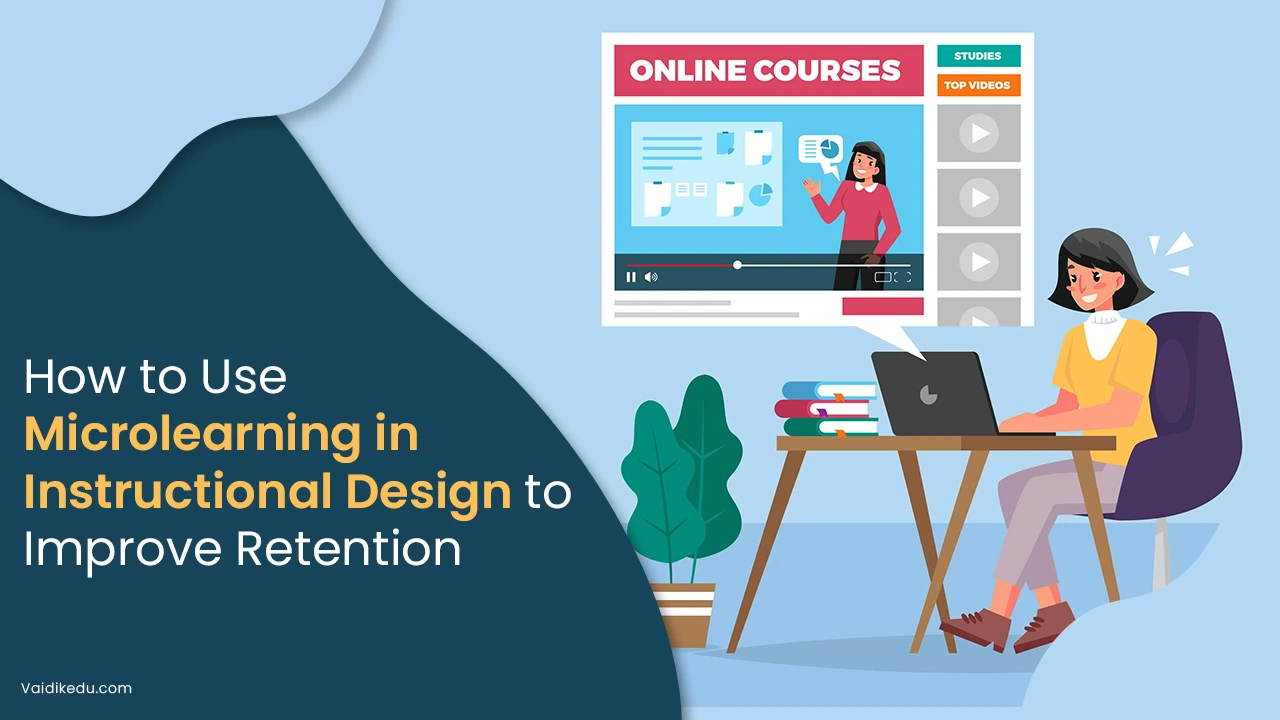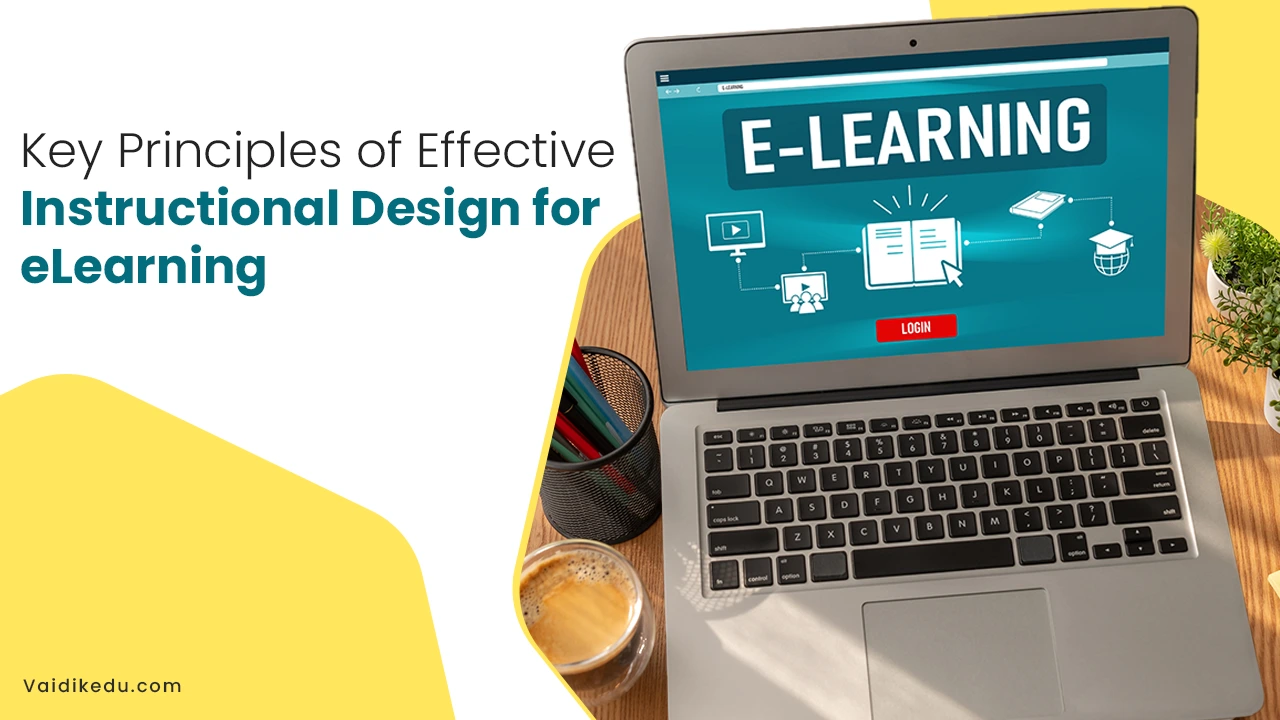In education, curriculum design is the process of planning activities and deciding educational content for the coursework. The purpose of curriculum design is to provide students with the necessary skills and knowledge.
Curriculum design plays an important role in the education system. Activities like designing education content, organizing it, scheduling classes, etc. come under curriculum design. The teachers, subject matter experts, instructional designers, etc. design the curriculum.
Benefits of Curriculum Design:
- Makes teaching engaging and effective:
The curriculum design helps the teachers to know the way a particular subject should be taught. By including student-centric activities, it helps to develop a stimulating environment for learners and improves student engagement. For example, teaching physics by involving some demonstration is extremely useful for understanding basic concepts.
A well-designed curriculum is helpful for teachers. By this, they can decide which method should be used for teaching. This makes teaching effective and easy. Also, students can learn better by the use of effective teaching strategies. The teacher can use different techniques for teaching students according to their needs.
- Defines a clear goal of learning:
The curriculum design sets a clear goal about what is to be learned. So both students and teachers know what they will learn after taking a particular course. This helps the teachers to design ways by which the students should be taught and the ways by which their progress should be measured.
A proper curriculum helps students to know what is being taught which helps them in receiving consistent education irrespective of the teacher or school they attend. By this, the proper curriculum ensures that there is no gap in the education of students who are from different backgrounds or locations.
- Developing study material for a course:
The educational content can be designed properly by knowing the curriculum. It helps the subject matter experts and instructional designers design the study material as per the needs of the students and teachers. They can add engaging exercises, illustrations, etc to help the students understand the concepts better.
The curriculum helps to organize the educational content logically and systematically. This helps the students to learn the content effectively and progressively. The organized content helps teachers to know what has to be taught.
- Developing skills in learners:
The curriculum design also focuses on developing skills related to the course. The material and assessment are designed in such a way that students acquire different skills which include critical thinking, problem-solving, etc. For example, communication skills are gained by including presentations as part of the curriculum.
- Improvement in the old curriculum:
The curriculum design provides a framework for updating the old course and old methods of teaching with the new one. This helps students to keep pace with the changes in society and advancement in knowledge. This helps the students to become familiar with their current knowledge and future ready.
The continuous review of the curriculum based on the performance of learners and feedback from the students and teachers helps in updating the old curriculum.
- Better assessments for evaluating learner’s performance:
The curriculum design helps in deciding the method by which the progress of the student should be measured. By deciding on a proper method of assessment aligned with the course, the understanding of the student and his/her performance can be easily evaluated. Thereby, it helps students to keep track of their progress and work on it as per the requirement.
The curriculum design helps students to prepare for the examination and other assessments by knowing the content they have to study and understand. This not only prepares students for the course exam but also prepares them for standard exams which helps them to study further in good institutions. Thereby opening pathways for a good career.
- Good management in schools and universities:
It helps the school administrator to schedule classes in an organized manner so that students can learn effectively all the required subjects. This also helps teachers in their time management by giving them a particular time slot for teaching and preparing lectures.
It helps to develop coordination among teachers, schools, and departments which ensures a well-structured and quality education for the students. It helps design good quality content, decide the best resources for study, choose the best assessments, etc. for the students.
- Effective use of time and resources:
The curriculum design helps the teachers and students effectively use the resources. This ensures effective use of time. This helps in the time management of the schools and universities. This helps in scheduling classes, exams, assignments, etc. effectively.
- Integration of real-life applications:
A well-designed curriculum can integrate the coursework with its real-life applications. This is extremely useful in developing interests in the student. By knowing real-life applications of the course, they will understand why it is useful for them and what they can do.
For example, the internship is a part of the curriculum in the undergraduate courses of engineering. This helps students to know the practical applications of engineering. Therefore, it prepares them for their future jobs.
Conclusion:
In a nutshell, curriculum design plays an important part in the education system. This ensures proper scheduling of classes and exams, development of well-structured study material with good quality content, effective lesson planning, etc.
Curriculum design ensures that every student gets an equal and quality education to study irrespective of his background or location. This ensures that students keep track of their progress and can make significant improvements in their studies.
The old curriculum can be replaced by the new one according to the change in society and advancement in knowledge. And for this, the old curriculum is always reviewed regularly and updated as per the present requirement.
FAQs
1.What are the major components of the curriculum design?
The major components of the curriculum design are Objectives, Content, Methods, and Evaluation.
2. What are the stages of curriculum development?
The curriculum development includes the following steps:
- Defining a learning goal to be achieved.
- Designing a curriculum map which includes deciding methods of learning and deciding activities.
- Specifying the benefits of a particular course.
- Organizing curriculum content which includes removing unnecessary details and making the content fit as per requirement,
- Evaluation of the content and updating it to remove any inconsistency.
3. What are the different kinds of curriculum design?
There are three kinds of curriculum design which are Learner-Centered Design, Subject-Centered Design, and Problem-Centered Design.
Why is it necessary to focus on the learning methods in the curriculum design?
Every student learns by different methods. To ensure that each student gets the knowledge for which the course is designed, different learning methods are included in the curriculum design.









